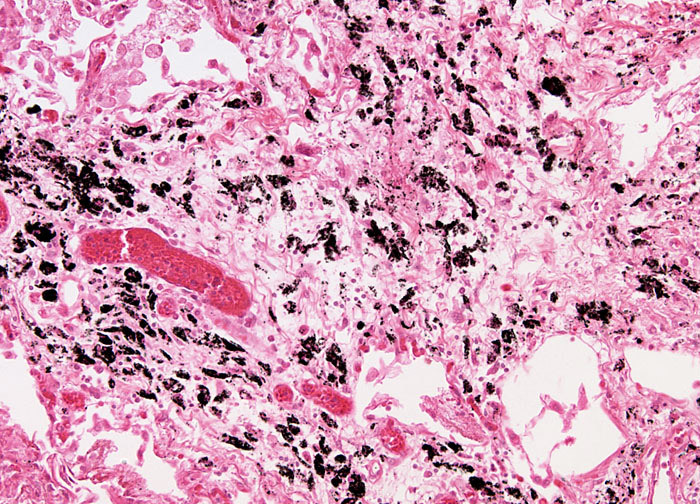
Toxoplasmosis at 10x Magnification
It is estimated that one-third to one-half of the inhabitants of the world have been infected with Toxoplasma gondii at some point in their lives. The primary evidence of such widespread exposure is the pervasiveness of toxoplasmosis antibodies since demonstrable symptoms of the infection are uncommon. Infection with Toxoplasma gondii may involve the spleen, liver, central nervous system, and other regions of the body, but symptoms, when they do occur, are usually very mild in otherwise healthy individuals and only entail a fever and some swelling of the glands. Occasionally muscle aches and pain, similar to those experienced with the flu, occur as well, and in very rare instances there may be damage to the eyes. Generally toxoplasmosis is not treated, but medicines, including sulfonamide drugs, folinic acid, pyrimethamine, clindamycin, and trimethoprim-sulfamethoxazole, can be used to help eradicate the infection.















